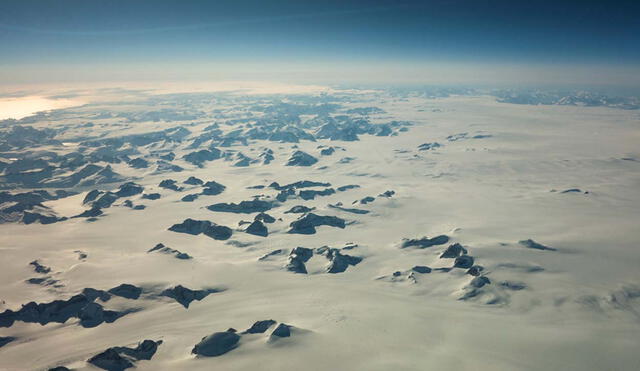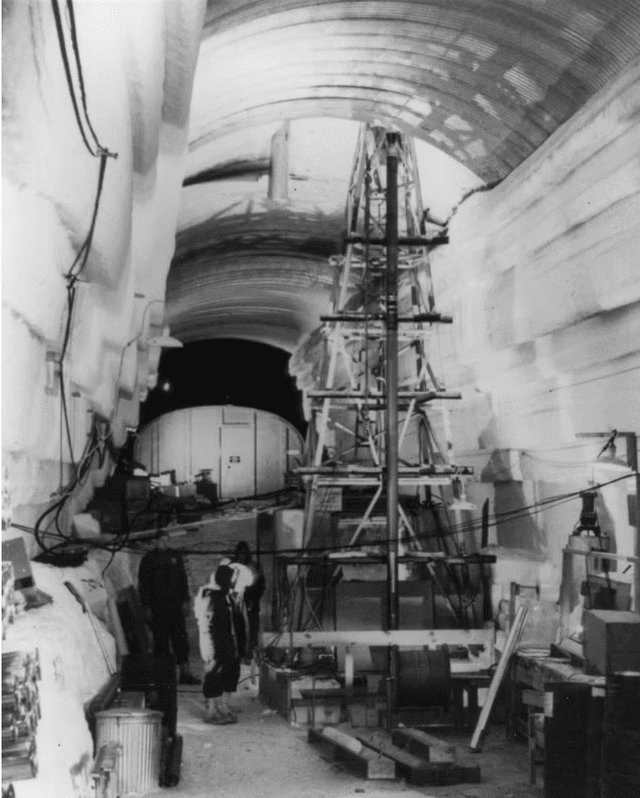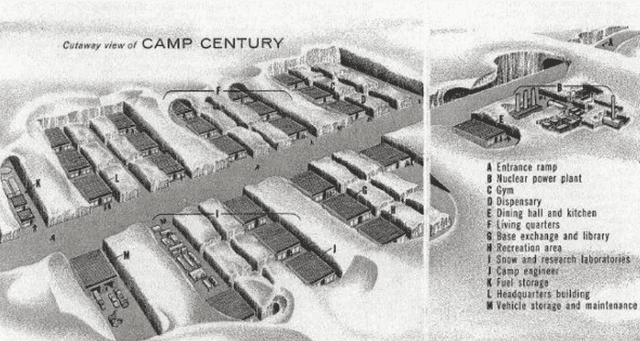The Arctic’s hidden fortress: How a “City Under the Ice” built for research became a secret Cold War base
Built in 1959, a secret U.S. military base was hidden beneath Greenland’s ice, originally designed for research and covert nuclear operations. However, shifting glaciers made the project unsustainable, leading to its abandonment by 1967.

As Greenland gains attention—partly due to former President Donald Trump’s past remarks about the U.S. potentially acquiring the territory—it’s worth revisiting a lesser-known American investment in the Arctic nation during the Cold War.
Strategically located between Europe and the U.S., Greenland became a crucial NATO outpost during the Cold War. Recognizing its significance as early as the 20th century, the U.S. military began investing in the region after World War II, with projects extending beyond just defense initiatives.
The "City Under the Ice" rediscovered decades later
One of the most fascinating ventures was Camp Century, a secretive military and research base hidden beneath Greenland’s ice. Recently, NASA scientist Chad Greene detected the long-lost site while aboard a Gulfstream III aircraft using a specialized radar system. From above, the ice sheet appeared featureless, until the radar unexpectedly picked up something buried deep below.
At first, researchers had no idea what they had discovered. “We were looking for the bed of the ice,” explained NASA scientist Alex Gardner, unaware that their radar had detected remnants of the once-active base.
Constructed by the U.S. Army Corps of Engineers in 1959, Camp Century was an underground network of tunnels built just beneath the ice sheet’s surface. Less than a decade later, it was abandoned and gradually buried under layers of ice and snow. According to NASA’s radar data, the tunnels now lie approximately 30 meters below the surface.

The base, built in Greenland, was housing a secret nuclear project. Photo: National Geographic.
Why Camp Century was built—And why it was abandoned
Constructed in 1959, Camp Century operated for seven years, housing a crew in extreme isolation—located 127 miles from the nearest people, according to National Geographic. The only means of reaching the base was by sled, and severe snow, wind, or freezing temperatures often made travel challenging. However, Austin Kovacs, an Army research engineer who worked at the camp, insisted it never felt unsafe.
“People thought it was dangerous,” Kovacs told National Geographic. “And it was not dangerous. It was comfortable. And at times it was very, very monotonous.” Despite its remote location, the base was well-equipped, featuring research labs, a clinic, a theater, and even a library. “We had everything you could imagine—lights, heat, and all that kind of stuff,” recalled soldier John Fresh in an interview with NPR. “It was cold. I mean, you know, when you walked down there, it felt like stepping into a freezer.”

The camp was also home to two miles of tunnels and various amenities, including a theater and a library for crew members. Photo: US Army.
Unknown to most at the time, Camp Century was also tied to Project Iceworm, a covert U.S. military plan to store and launch nuclear missiles from within Greenland’s ice. The secret remained hidden until 1968 when a U.S. jet carrying nuclear bombs crashed, prompting an investigation into American activities in Greenland. That inquiry revealed that the Danish prime minister had secretly approved the project, NPR reported.
Despite its secrecy, Camp Century’s fate was sealed by the very environment it was built in. The unpredictable movement of glaciers caused structural failures—steel railways warped, missiles risked toppling, and even the base’s nuclear reactor became unstable as the ice shifted beneath it. Realizing the challenges, military officials shut down the reactor in 1963, and by 1967, Camp Century was completely abandoned. By 1969, the base was in ruins, buried under snow, with collapsed beams and hallways filled with ice, National Geographic reported.












